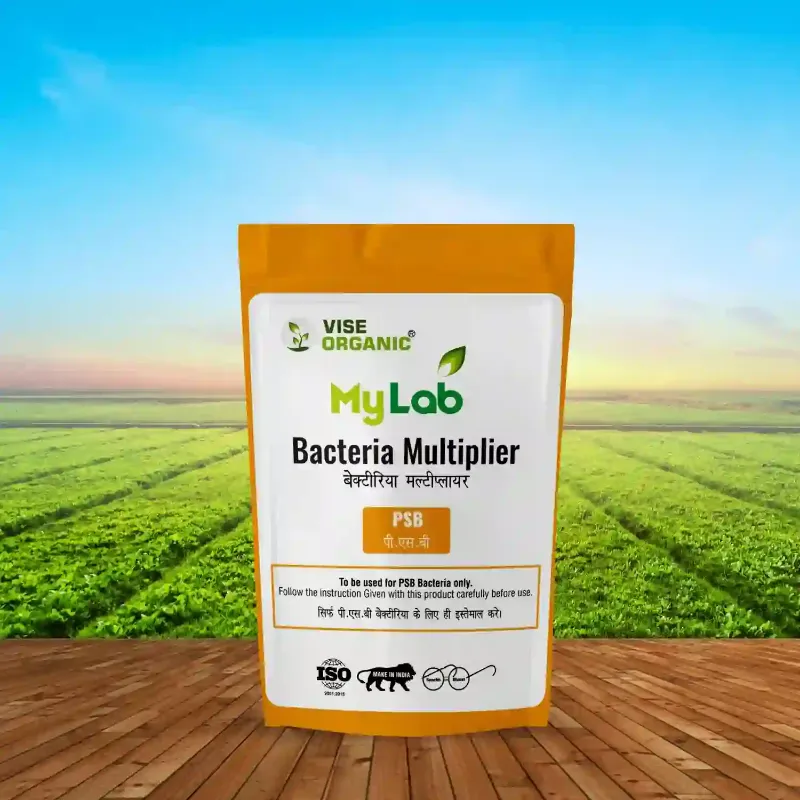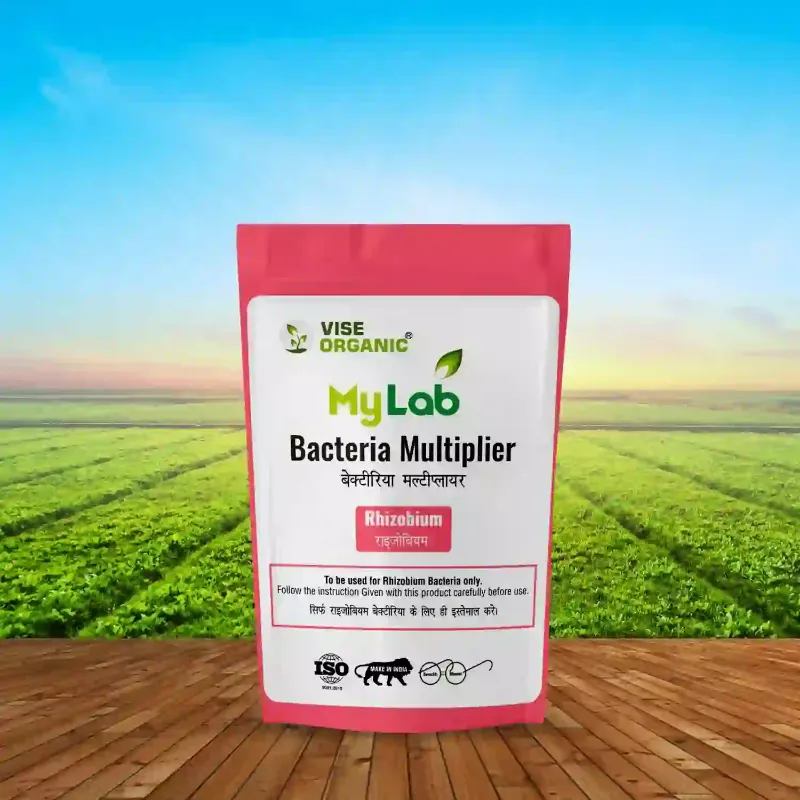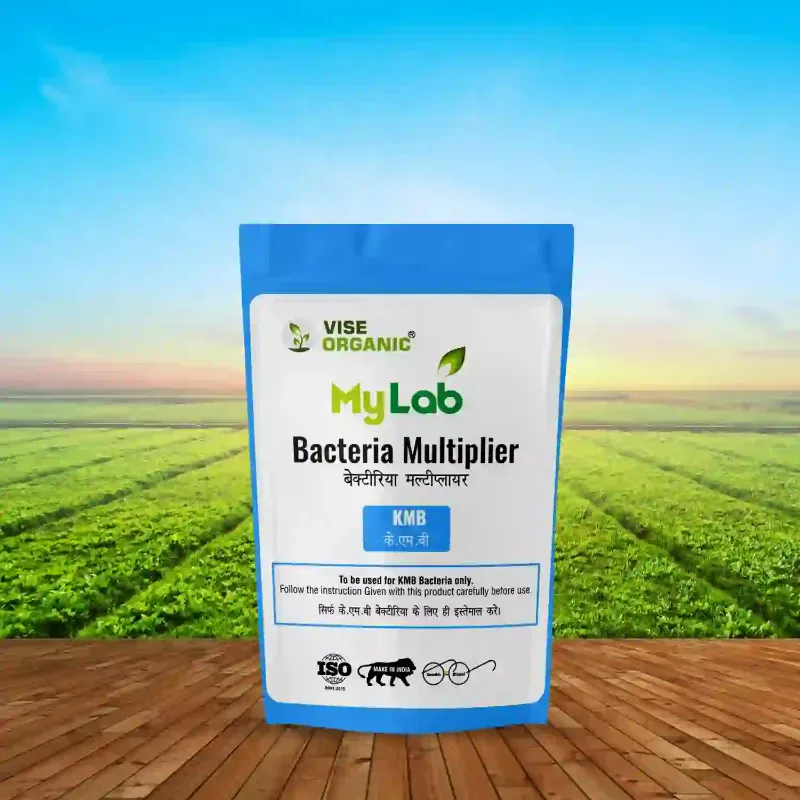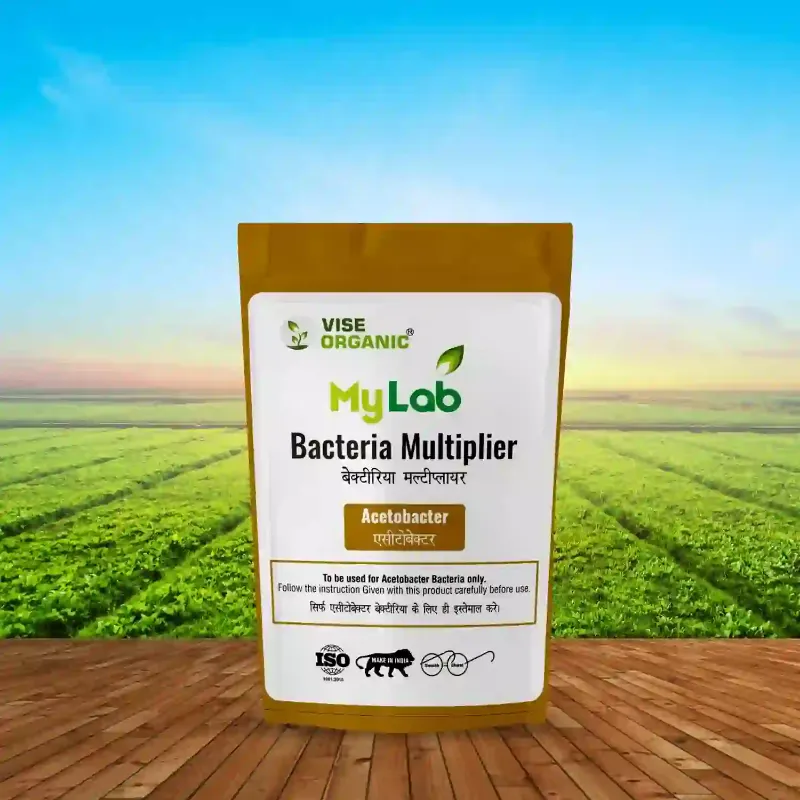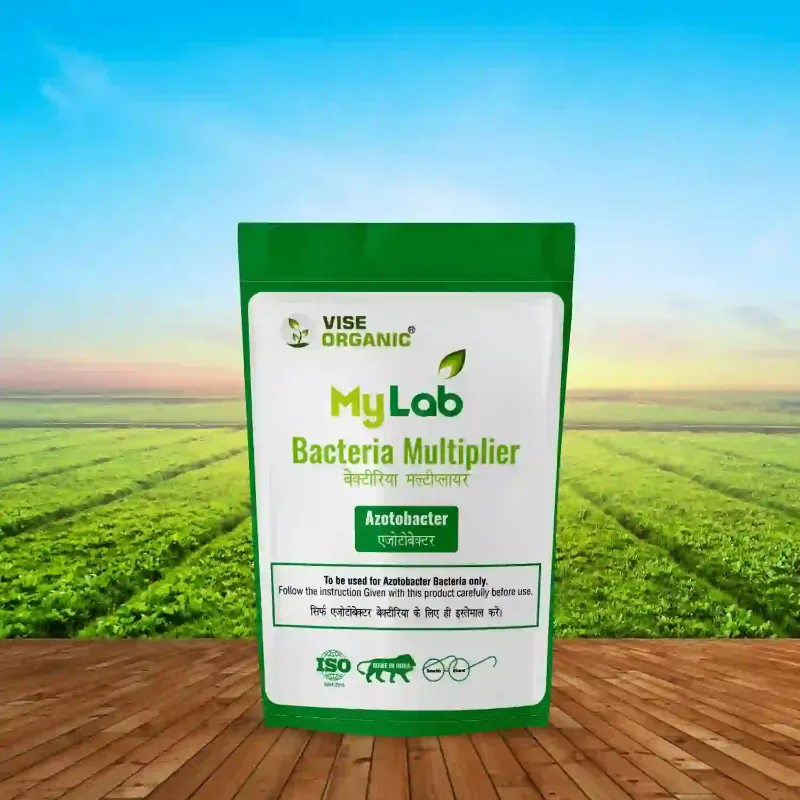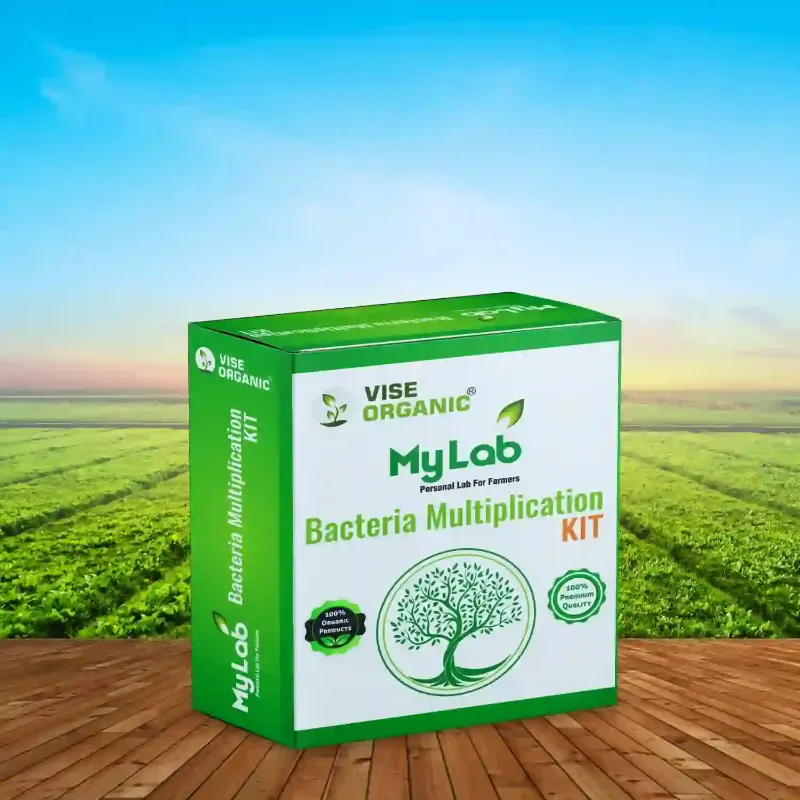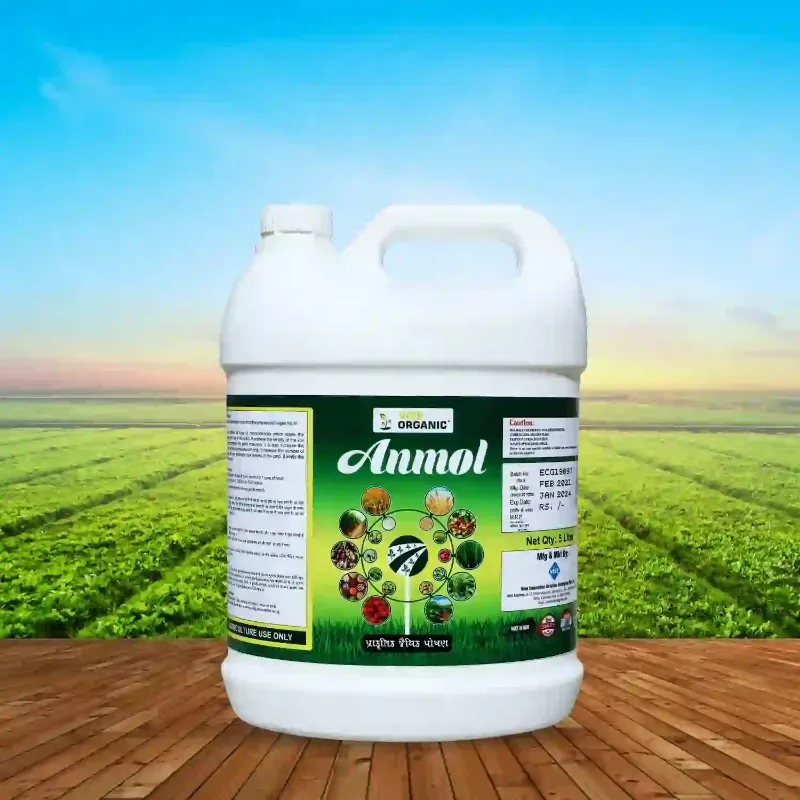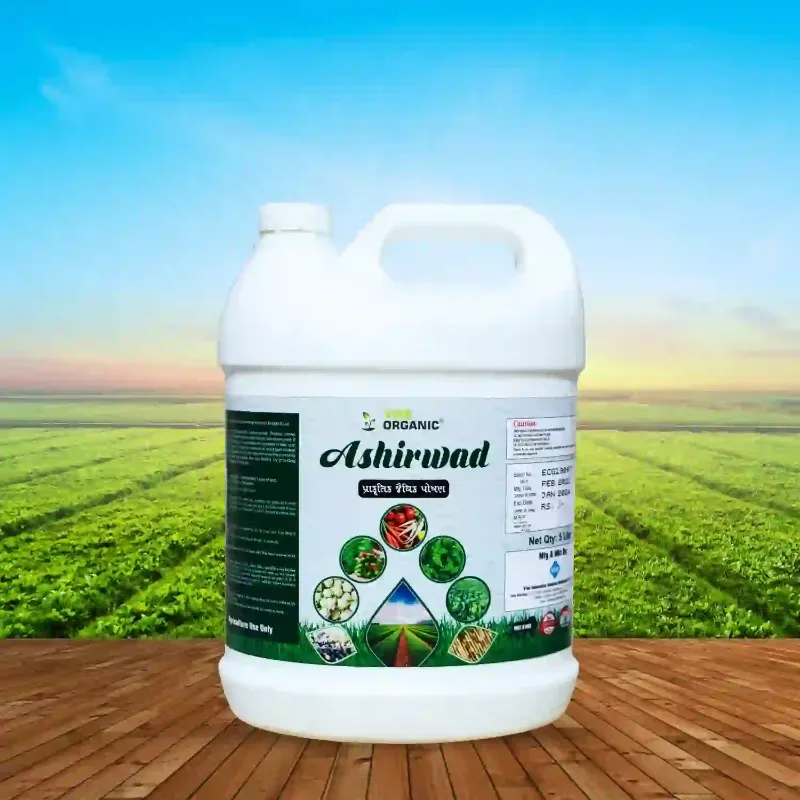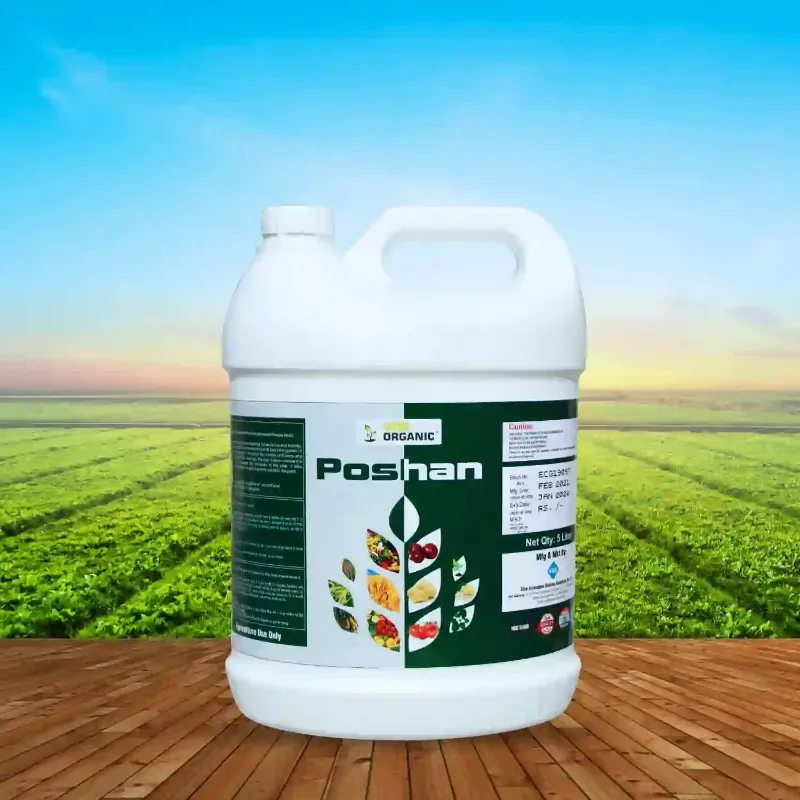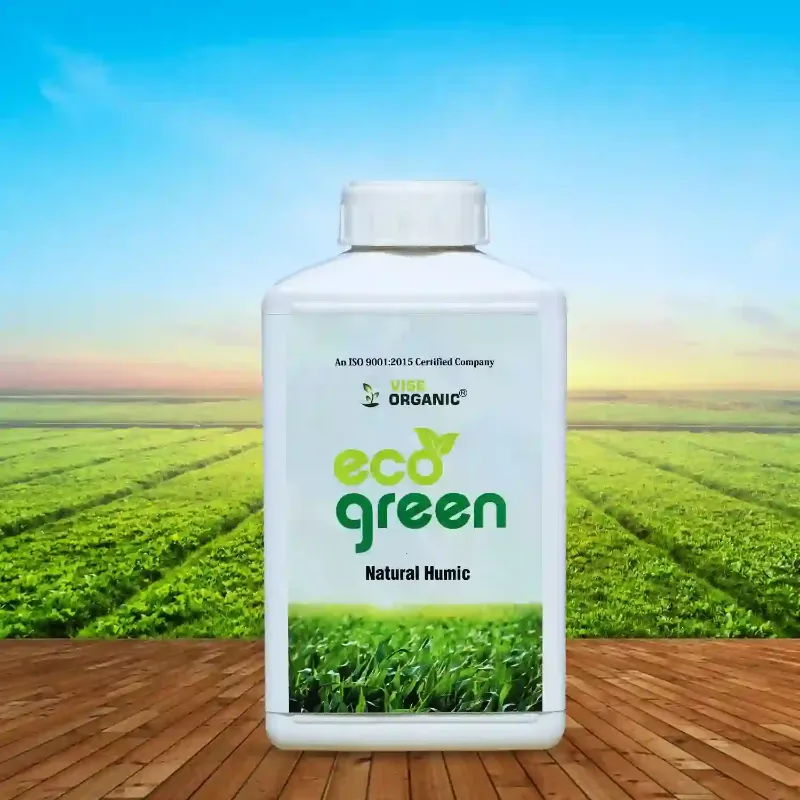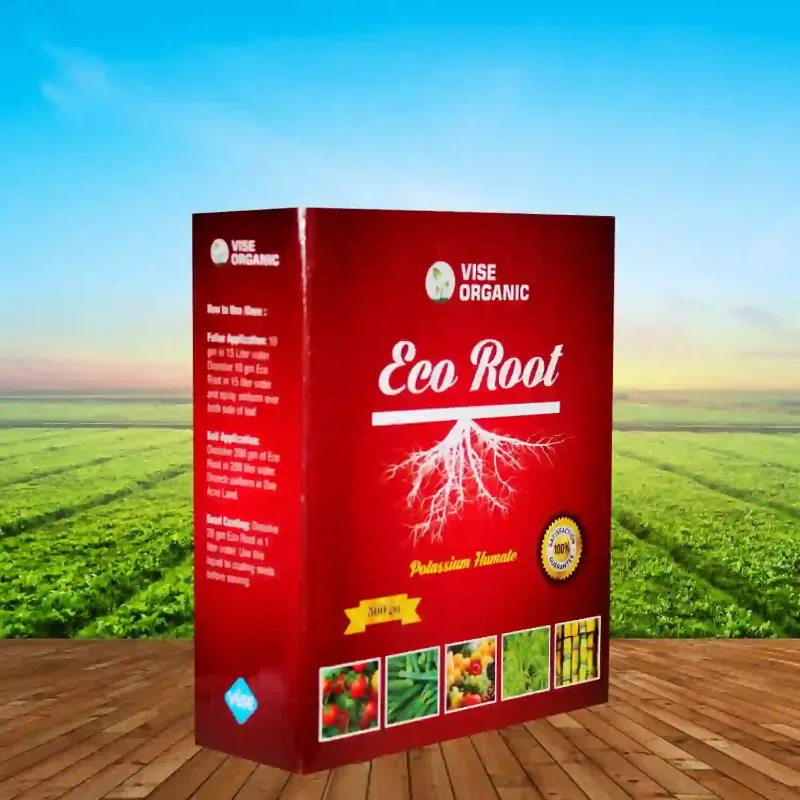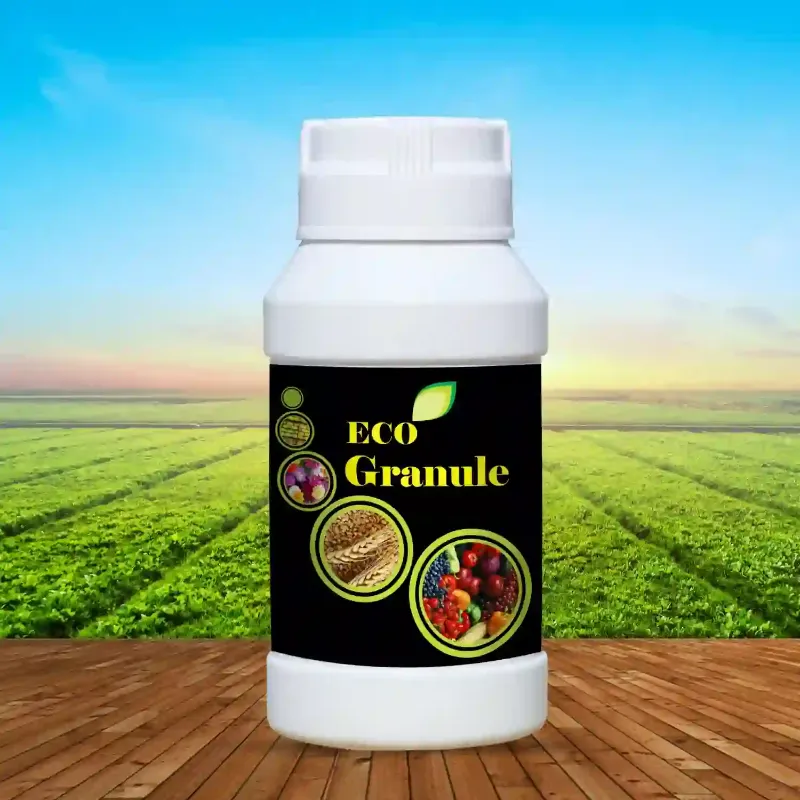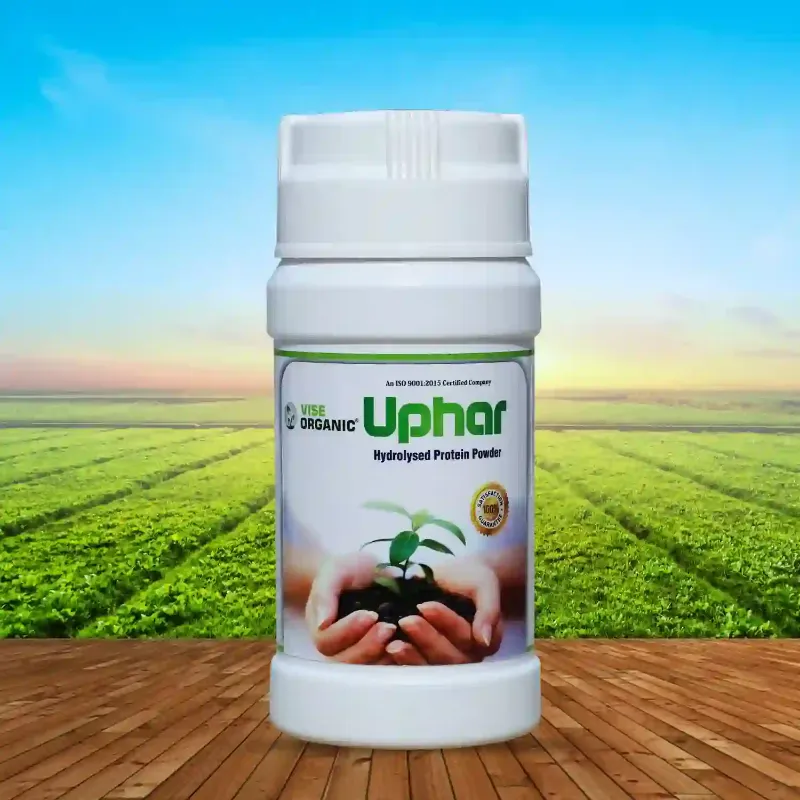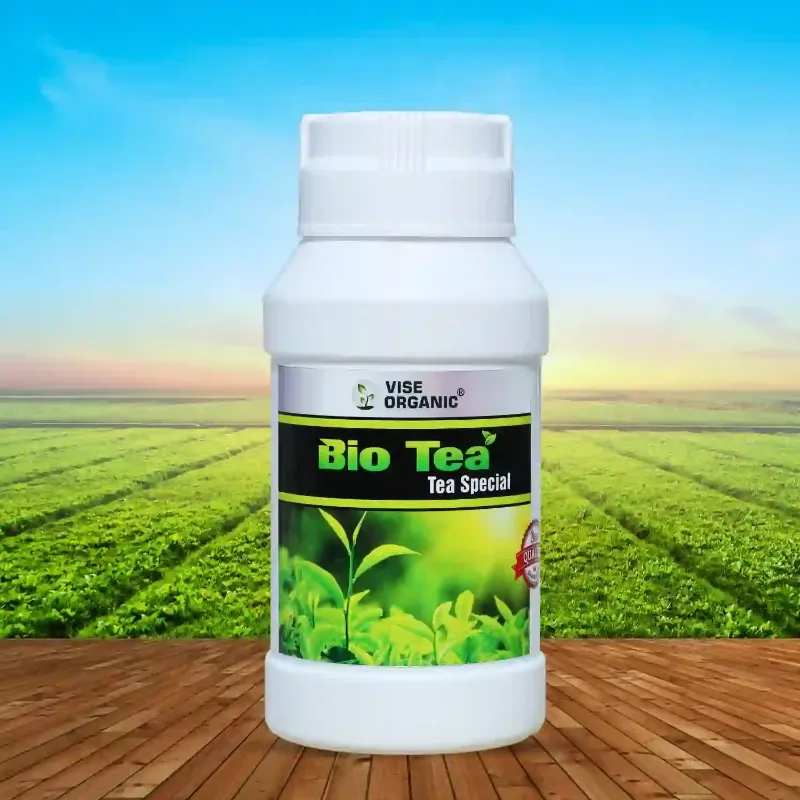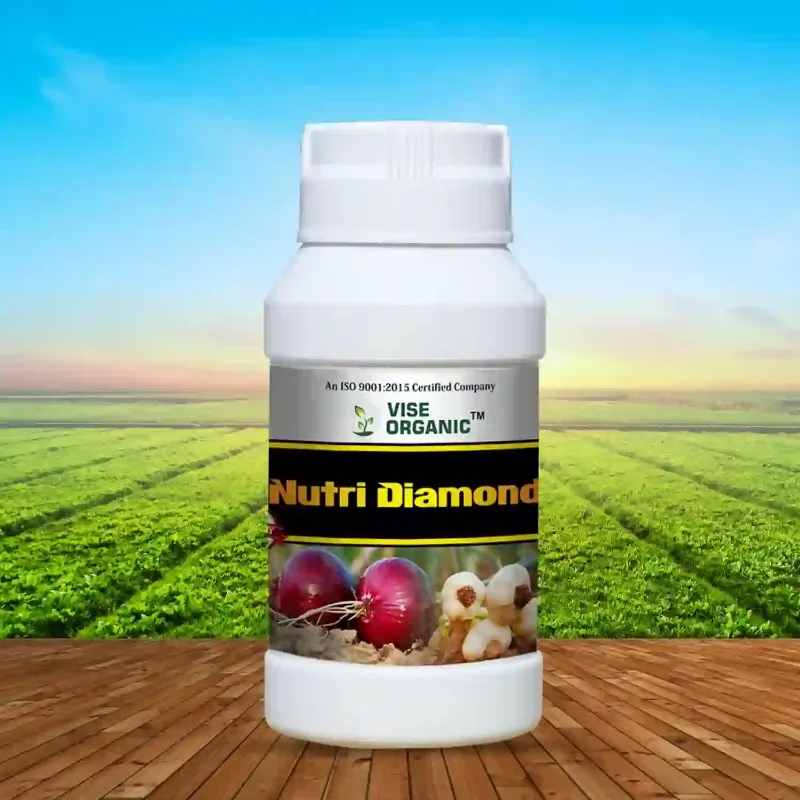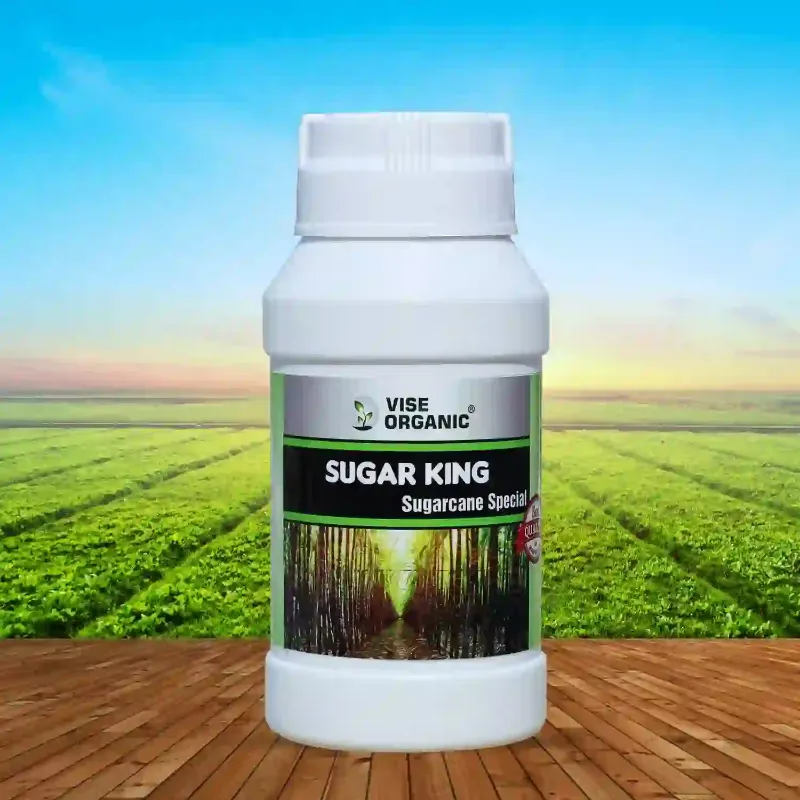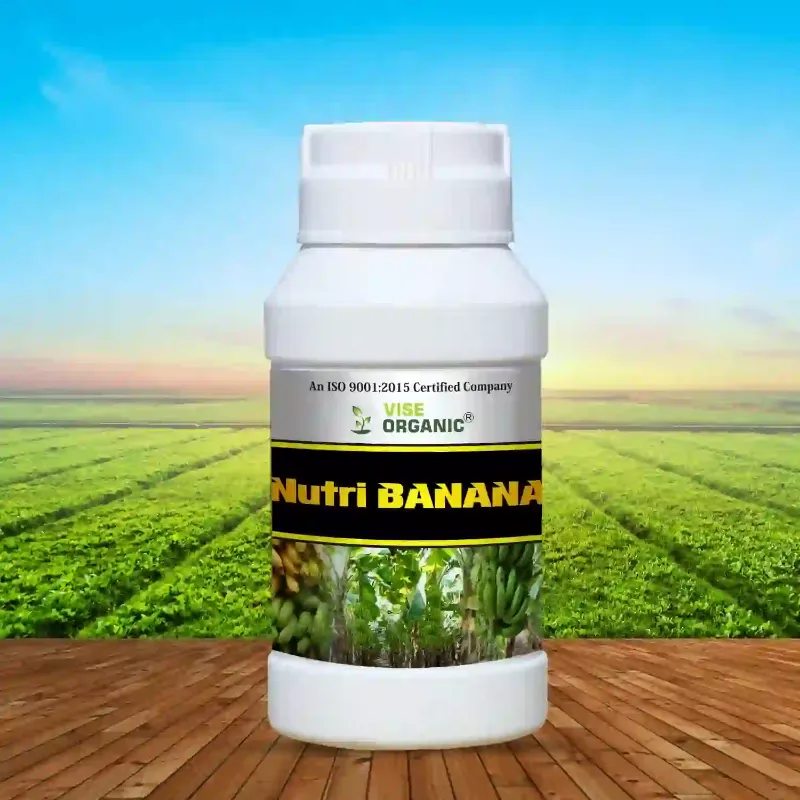Tailoring fertilizing schedules to align with various plant growth stages is a key strategy for optimizing nutrient availability, promoting healthy development, and maximizing overall plant productivity. Each growth stage demands specific nutrients in varying quantities, and adjusting fertilization practices accordingly ensures that plants receive the support they need at every phase of their life cycle.
Seedling and Germination Stage
– During the early stages of growth, seedlings primarily require nutrients for root and shoot development. Start with a light application of a balanced fertilizer rich in phosphorus to encourage robust root systems and aid in early leaf formation. Diluted liquid fertilizers or slow-release granules can be gently applied to avoid overwhelming delicate seedlings.
Vegetative Growth Stage
– As plants transition into the vegetative stage, characterized by rapid leaf and stem development, the emphasis shifts to nitrogen-rich fertilizers. Nitrogen supports the synthesis of chlorophyll, essential for photosynthesis and overall leaf expansion. A balanced fertilizer with a higher nitrogen content is beneficial during this stage, fostering lush, green foliage and strong, healthy stems.
Flowering and Fruit Development Stage
– During the flowering and fruiting phase, phosphorus becomes a crucial element for optimal bloom and fruit set. Transition to a fertilizer with a higher phosphorus content to promote flowering and enhance fruit development. Potassium is also essential at this stage, supporting overall plant vigor, disease resistance, and fruit quality.
Maturation and Ripening Stage
– In the final stages of the plant’s life cycle, focus on maintaining nutrient balance with a well-rounded fertilizer. Adjust the nitrogen-phosphorus-potassium (N-P-K) ratio to meet the specific requirements of maturing plants. Potassium becomes particularly important for enhancing the quality of fruits and ensuring their proper maturation.
Resting and Dormant Stage (Perennials)
– For perennial plants that undergo periods of dormancy, reduce or suspend fertilizer applications during this resting phase. This allows the plant to conserve energy and prepare for the upcoming growing season. Resume fertilization when signs of new growth emerge.
To implement these adjustments effectively, gardeners should closely monitor the visual cues provided by their plants, such as leaf color, size, and overall vitality. Soil testing can also aid in identifying nutrient deficiencies or imbalances, guiding the precise adjustments needed for each growth stage. By aligning fertilizing schedules with the distinct requirements of different plant growth stages, gardeners can foster optimal development, boost resilience, and reap bountiful farming harvests.

